PlayStation VR2 reached its first anniversary today. But was it a success? And what’s coming next?
I remember the excitement that came with PSVR 2’s launch last year. As someone who didn’t truly get into VR until 2019, a strong set of exclusives like WipeOut: Omega Collection, Astro Bot: Rescue Mission and Blood & Truth kept me invested in Sony’s original PSVR, balancing this alongside my Rift S. But, much like anything else, my interest slowly moved on. That horrible mess of wires, dated PS Move controllers and dwindling support saw me retire it after Moss: Book 2.
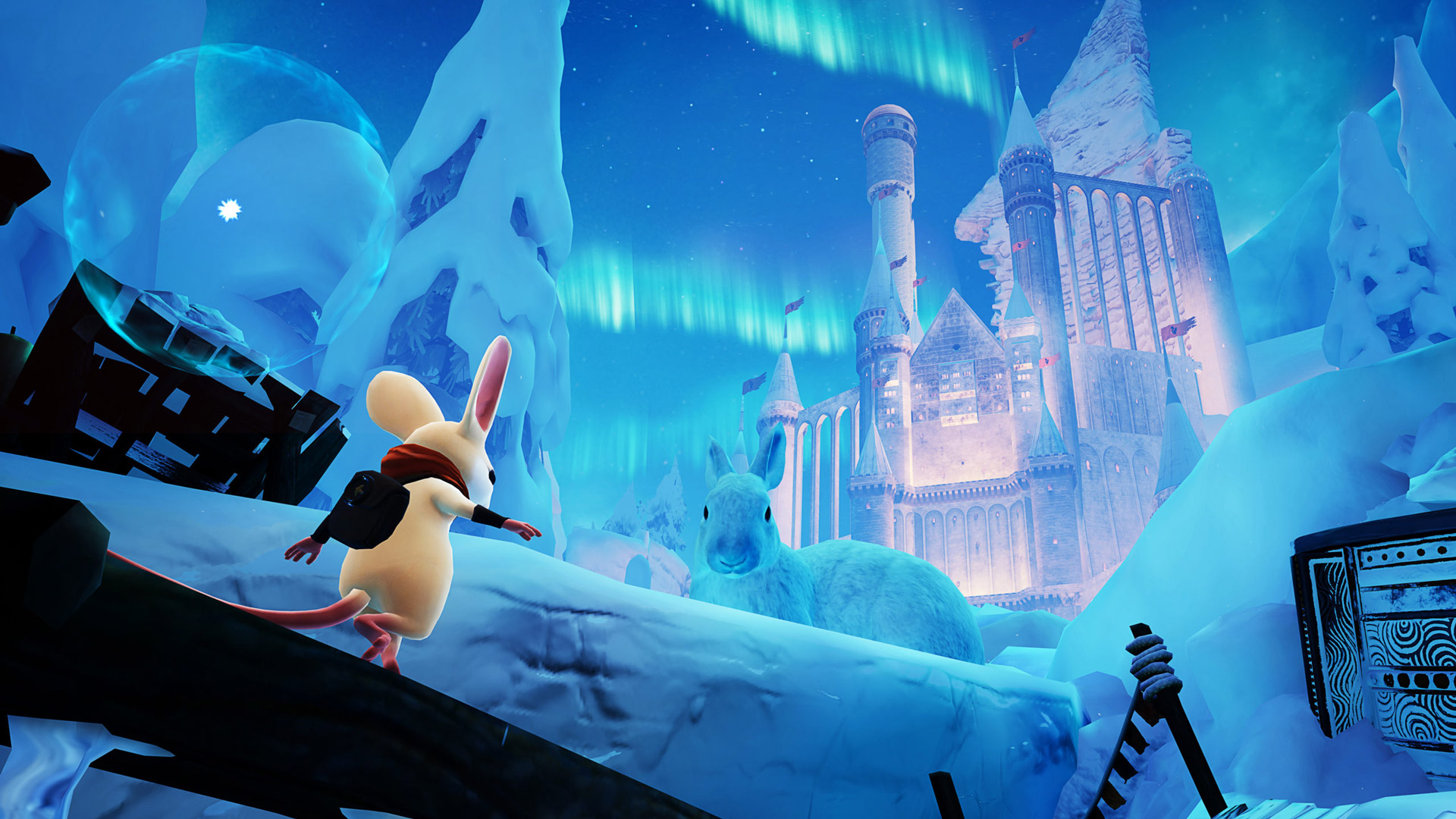
In 2023, PSVR 2 was a welcome sight that signaled to me the start of VR’s next generation, but I had some reservations. Pricing it at $550 remains a baffling choice when PS5 starts from $400 – an accessory should never cost more than the actual console. And I wish it had backwards compatibility with blockbuster original PSVR titles like Skyrim and Minecraft, though I understand the technical reasons it doesn’t. Launching it through PlayStation Direct without any retail presence for three months was arguably a mistake, too.
Despite these issues, I remained optimistic overall. While many wished you could use it wirelessly like Quest or Pico, this never bothered me. Plugging in one USB-C cable is, in my opinion, a reasonable trade-off for high-end VR gaming. The OLED display looks great, we’ve seen great uses for eye-tracking, while adaptive triggers and haptic feedback support take immersion a step further. PSVR 2 also benefitted from console gaming’s straightforward plug-in-and-play approach with minimal tinkering compared to PC VR.
Come launch day, the critical consensus was mostly positive and that includes my own PSVR 2 review, while PSVR 2’s launch window was considerably impressive. Launch games won’t always effectively demonstrate what a console can do, yet Horizon Call of the Mountain remains a personal standout, backed up by big names like Gran Turismo 7 or Resident Evil Village. I remember Kayak VR: Mirage being my other favourite, too.
There weren’t many other exclusives, though I’d argue three big names out of the gate was fine, considering VR’s niche appeal and the fact modern games usually spend three to five years in development. Backing them up was a strong, cherry-picked line-up with some of VR’s most notable games like Tetris Effect: Connected, Pavlov, Moss, No Man’s Sky, Job Simulator and Pistol Whip, while Beat Saber followed in May. These PSVR 2 ports have often delivered us the best versions of each game, too, as we saw with Cities: VR, Star Wars: Tales from the Galaxy’s Edge and Zombieland.
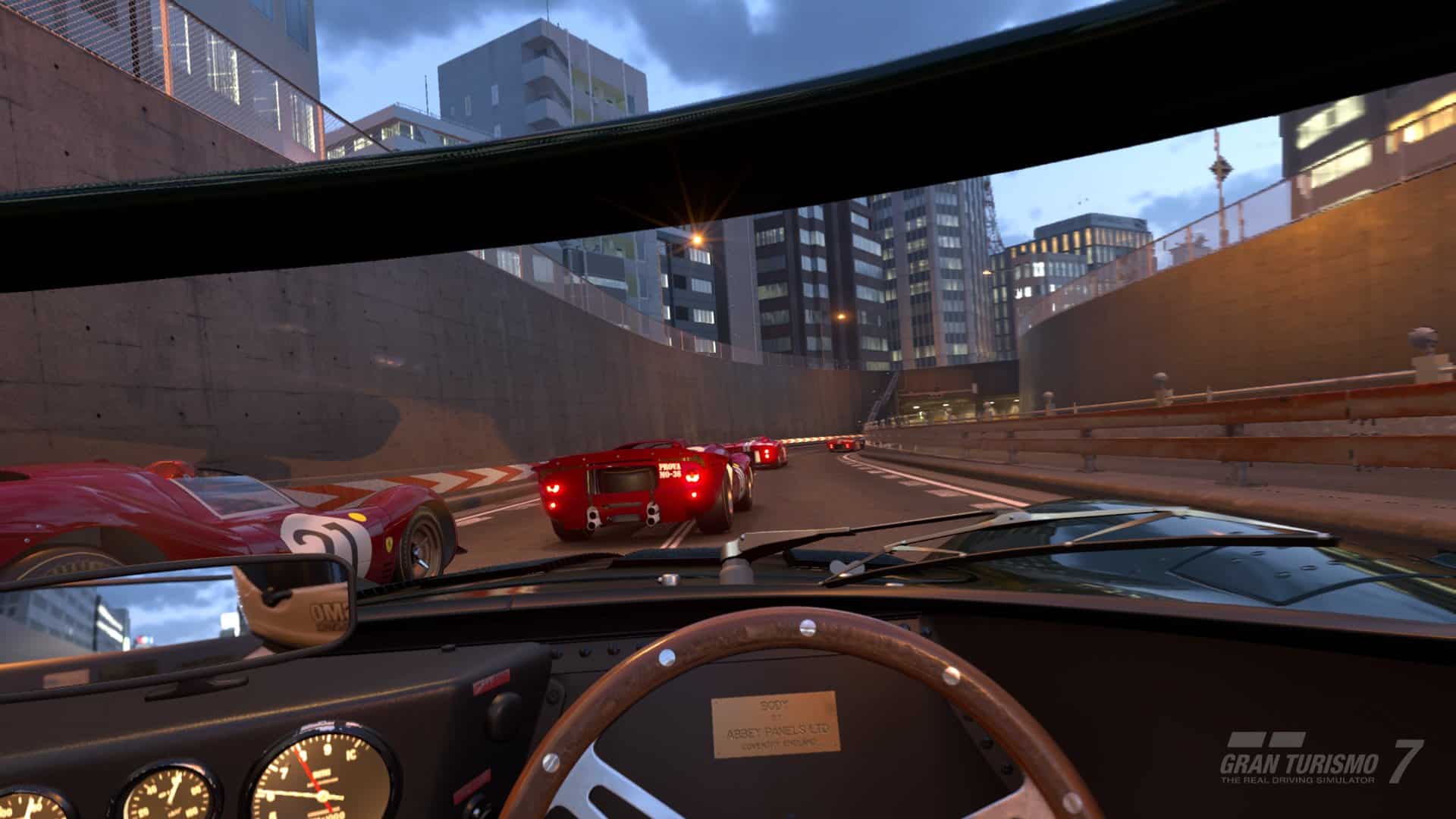
There’s plenty to love about PSVR 2 but, like many others, I wish Sony would confirm its future first-party plans as this current silence creates doubt. May’s PlayStation Showcase didn’t highlight Firewall Ultra, the only Sony Interactive Entertainment (SIE) published PSVR 2 game released since February. First Contact later shut down, just four months after Ultra’s launch. Since it was handled by Sony Pictures Virtual Reality (SPVR) instead of SIE, Ghostbusters: Rise of the Ghost Lord doesn’t technically count.
Every gaming platform needs a steady stream of titles to keep players invested. Software sells hardware, and it’s hard to have faith in a platform with no clear roadmap. There are currently no confirmed upcoming first-party PSVR 2 titles. Owners want to see what’s next, and while I’m certainly not calling the games library poor, more communication from Sony would go a long way. And even if it was an obvious comment, a Sony exec saying PSVR 2 was not its “core proposition” didn’t help matters at that time.
Right now, it’s the third-party studios keeping PSVR 2 alive, though most still prioritize Quest with PC VR in second place. We haven’t seen a ton of exclusives, though what we have seen like Synapse, Resident Evil 4 Remake, Before Your Eyes, and C-Smash VRS were all great. Strong multiplatform games like Vertigo 2, Arizona Sunshine 2, Five Nights At Freddy’s: Help Wanted 2, Among Us VR and Breachers only boosted this further.
No gaming platform is entirely hits though; a few games had notable issues, and I believe Sony needs to court more developers. Codemasters’ F1 series would be a fine addition, while Assassin’s Creed Nexus from Ubisoft would benefit from more powerful hardware. When Quest received major exclusives like Nexus and Asgard’s Wrath 2 over the holidays, I certainly wanted more as a PSVR 2 owner. Still, big titles like Behemoth, Wanderer, Madison VR, Ghosts of Tabor, Zombie Army VR and Metro Awakening are giving me much to look forward to.
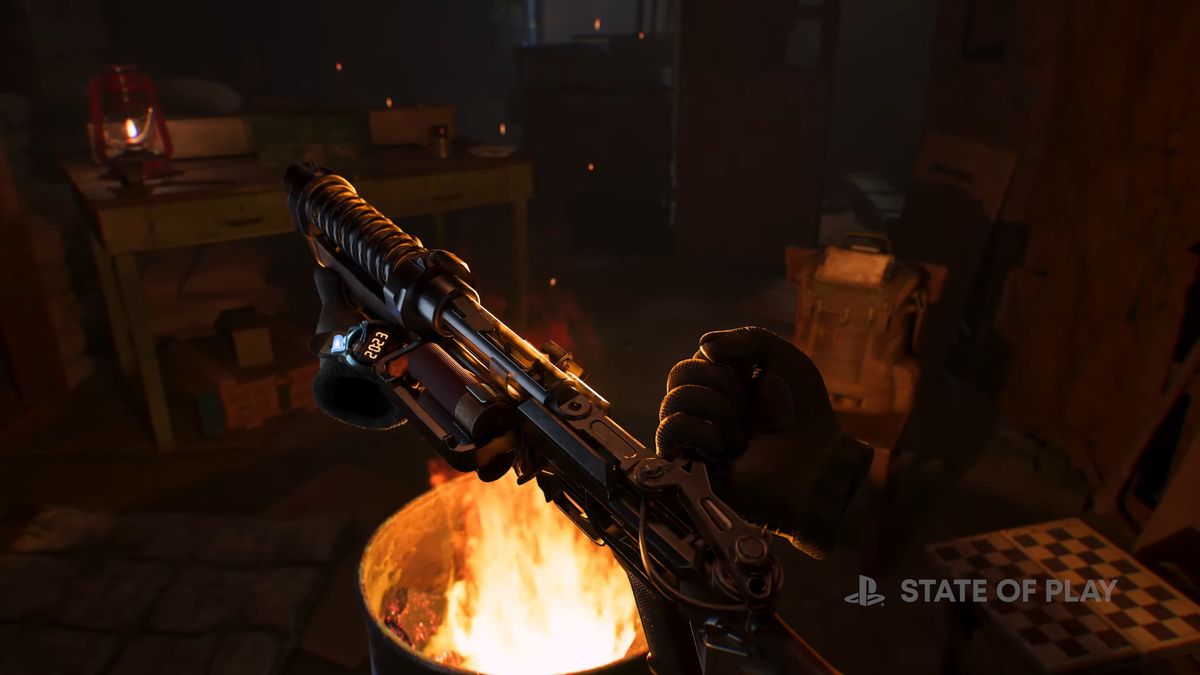
Sony’s other problem is convincing people that PSVR 2 is the better choice over Quest. I stand by my hardware-focused PSVR 2 review, and I don’t buy into the idea that it’s already dead. That doesn’t mean that I don’t think things could be better, however. Across the last few months, I’ve mainly stuck to Quest 3 for VR gaming. Improved performance and comfort over Quest 2, better lenses mean it’s easier to find the “sweet spot” for vision, wireless gameplay and the lower cost has given Meta a significant advantage.
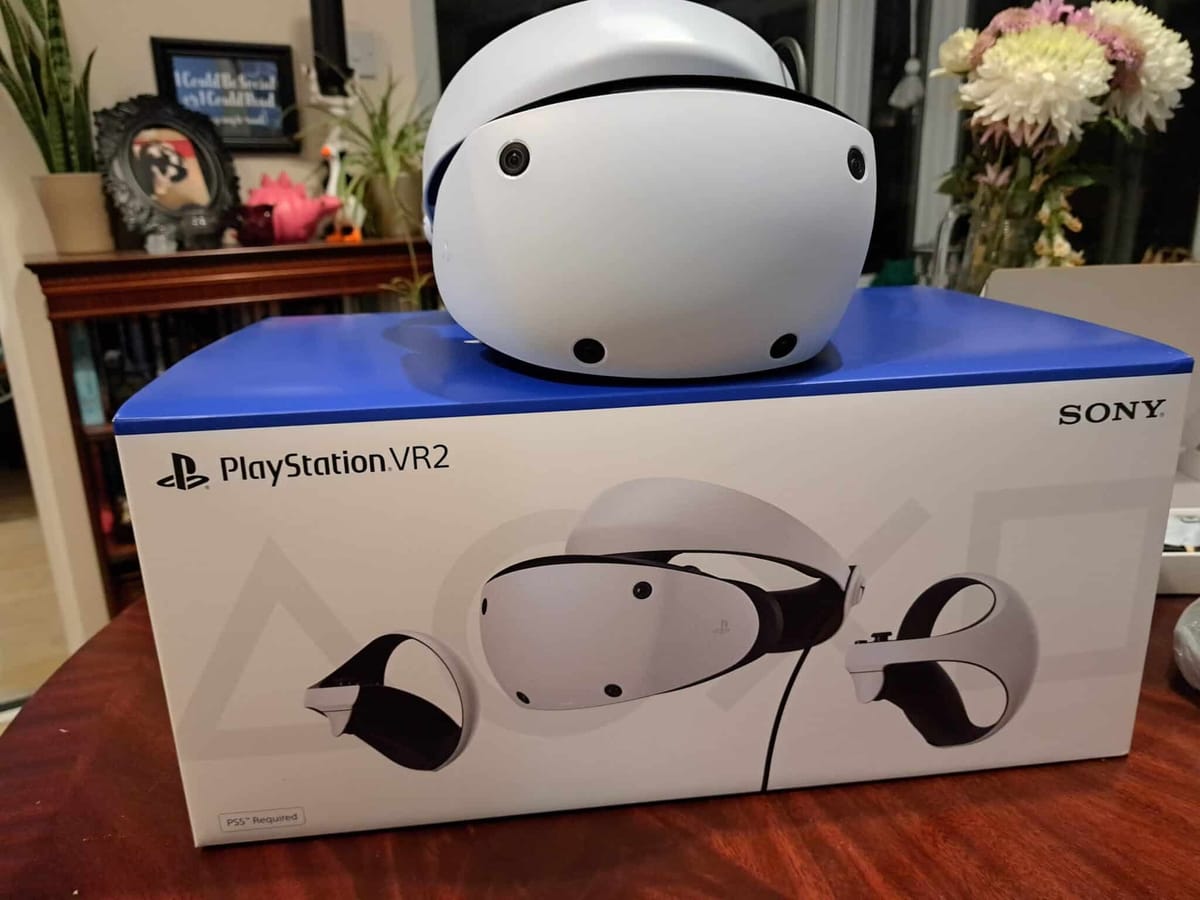
When Amazon’s holiday sales showed Quest 2 & 3 outselling PSVR 2 by 30:1, Sony faces a tremendous uphill battle ahead and Sony’s recent PSVR 2 advertising isn’t comparable to Meta’s. With figures like these, it’s easier to understand why Rec Room’s CCO recently said they “can’t justify” a PSVR 2 port. Whatever you think of Rec Room, the game reported over three million active monthly VR users in 2022, so the fact they’re not considering PSVR 2 support is frankly concerning.
Even before the launch, widespread doubts were setting in about sales. A Bloomberg report claimed that Sony was “disappointed” with early pre-orders to the point where it “dramatically” reduced sales projections. While Sony issued a statement saying, “we have not cut PlayStation VR2 production numbers,” this didn’t actually address the claims being made.
That’s not to say it’s all been negative. Last March, SIE’s incoming interim CEO, Hiroki Totoki, had a more positive outlook stating there’s a “good chance” PSVR 2 can outsell the original PSVR headset. Sony later revealed they sold just below 600k units before April, outpacing the original PSVR, but we’ve not received any official sales figures since. Quest was likely the main factor, though PSVR 2 also contributed to the UK’s “biggest ever revenue week for VR” last Black Friday.
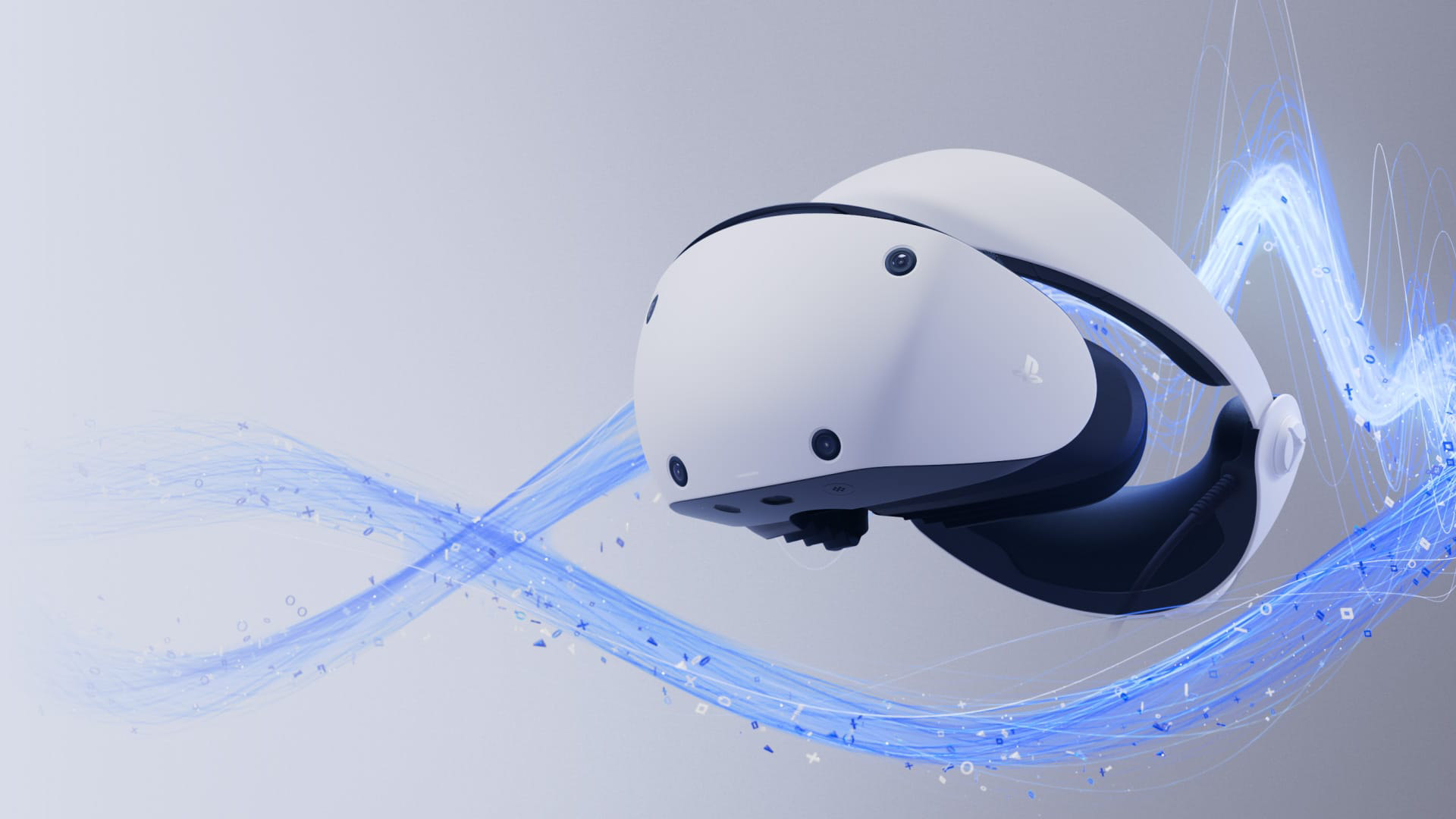
I’m also greatly encouraged by the fact Sony is working on official PlayStation VR2 support on PC. That doesn’t necessarily mean games like Horizon and Gran Turismo 7 are suddenly getting ports, and some may argue adding PC support is a sign of failure on Sony’s part. However, features like eye-tracking support, OLED panels, and affordable pricing compared to dedicated PC VR headsets put it in an advantageous position.
Ultimately, PSVR 2 still has plenty to offer and when VR gaming remains a niche field, wider investment and greater competition are welcome. Though other AAA publishers only dipped their toes in VR’s waters, Sony made great strides with its investments in the original PSVR. However, we’re not in 2016 anymore; the landscape’s changed considerably nearly eight years later and Sony needs to be pushing the headset a lot more.
Granted, Sony’s under no obligation to share plans when it’s not ready, but this current silence about its first-party output only fuels doubt. Even if they filled the gaps with ports from its PSVR library, like Nintendo did for Wii U games on Switch, this could go a long way. There’s a big fight ahead for PSVR 2, particularly with sales against Quest 3, yet it still delivered a solid gaming library across this year. I’m not blind to its faults, but I’m excited to see what comes next.






